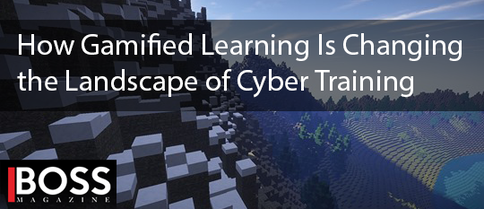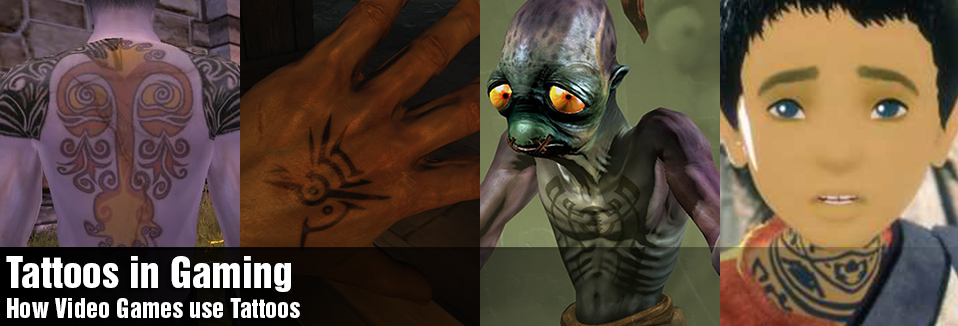|
|
Personal Projects
|
|
|
While playing Horizon Zero Dawn, in one of the first moments of gameplay I paused the screen to check out my game options and discovered that it had a photo mode. I didn’t know that Horizon had shipped with such a feature, and decided to check it out. I was pretty blown away… I immediately got very into pausing my game at any moment, and playing with the camera settings to get the most cinematic screenshot possible. If you have me on instagram, you’ll notice that I immediately took advantage of the new multiple photo upload feature and inundated my feed with images from Horizon. This isn’t the first time I’ve seen a photo mode used in a video game, and so this got me wondering a bit more about the history of this feature. Today I’ll be exploring the Photo Mode in video games, it’s history, and how it’s evolved.
My first experience with the Photo Mode was in 2007 while playing Halo 3. I remember being able to access a recent recording of either my campaign or multiplayer game, and within the “Theater mode” be able to rotate the camera and look around. This was a really neat feature at the time, and allowed players to get a closer look at all of the game models and effects… not to mention great bragging material for when you could take a pic of that perfect headshot. Yet this wasn’t the first game to introduce the Photo Mode. In 2004, from what I can tell, Gran Turismo 4 was the first game to release with a full fledged Photo Mode. After that point it took quite some time for video games to really adopt the feature and have it be more of a standard features in certain video games. Oddly enough a decade after Gran Turismo 4’s release, the industry experienced a boom of games featuring a Photo Mode. In 2014 there were 8 game titles featuring a photo mode, the highest in any year to date.
Upon digging deeper I was pretty shocked to find that many of the Photo Mode features in Gran Turismo 4, are still prevalent in today’s games. I was expecting to see more of an evolution of this mode, but honestly it seems as though Gran Turismo set the benchmark for this feature within the industry. At most I can see that the mode has evolved out of a “replay” setting and instead now games can pause the action live and allow for the player’s to enter this mode immediately.
The biggest difference I can see with Horizon Zero Dawn and these features is both the ability to play with the Depth of Field, as well as change the time of day…. Which I’m not sure other games provide that option. All that to say it’s pretty impressive to see that through all of the changes within the industry, a simple mode such as this hasn’t evolved all that much. While I enjoy playing around with this game mode, I wonder if there’s any real value with the commercial applications of it. From an artistic point of view, there’s certainly value with a feature like this. Perhaps I’ve been working on Freemium games for too long, and so my instinct is to question how a feature like this might be used to increase player acquisition. Honestly at this point it may be more prevalent of a feature, than it ever was in 2004. With the rise of social media, and how easy it is for users to create and share media… a feature like this could be leveraged heavily as a “free” marketing tool. I believe this is referred to as Earned Media, or publicity gained through efforts other than paid advertisements. If we could find ways of making it more accessible for users to share this content, potentially by linking directly to their social media accounts, and then link this user generated content to your game through the appropriate hashtags… it could make this a very powerful tool for game awareness. In any case, I this looks to be a short blog post today! I hope you enjoyed this brief snapshot into the history of the photo mode in games! Pun intended!
2 Comments
Tattooing has been practiced as early as 12,000 BC, and has influenced cultures across the globe in a variety of ways. In more recent years we’ve seen tattooing grow from a subculture to be more mainstream. Tattooings impact on pop culture has had me wondering more about how they are used in video games… Yet this question on it’s own opens up a bit too many avenues for discussion, and so I decided to refine my search more into a game progression point of view. In which ways have games used tattoos or other markings for facilitating gameplay? Today I’ll be exploring just a few of the many different games that are using tattoos as a core part of the gameplay experience.
The Fable franchise took to tattooing as a way of not only adding personal expression to your character but also as a way to modify your character’s attributes. Within Fable the player can find and unlock new tattoos in their journey, these tattoos then can modify your character’s alignment, attractiveness, and scariness. In this way these tattoos have a direct correlation to how villagers and other people may treat your character upon meeting them. Modifying your alignment in Fable will also change how your character physically looks. Good characters have blue eyes, bright teeth, and a sunny disposition… whereas Evil characters have red eyes, rotting teeth, and can even grow horns. While there are many other aspects to this alignment system, tattoos help shape your character and it’s interactions within the game world. Oddworld is a franchise I didn’t expect to be discussing in these posts, but what I found is extremely relevant. Abe, the main protagonist of most of the Oddworld games, is one of the oppressed Mudokons and is tasked with freeing his people from the tyrannical rule of the Glukkon. On his journey there have been different markings added to his body that grant him supernatural abilities. During “Abe’s Exoddus,” Abe is given a large chest tattoo by “The Three Weirdos.” With this chest tattoo Abe is able to heal Mudokons from the addictive properties of “Soulstorm Brew,” a substance developed to Glukkons in order to keep the Mudokons under their service.
Magical Tattoos also played a role within the storyline of The Last Guardian. Within the Last Guardian, you wake up in a cavern, covered in mystical tattoos, and sitting next to a large mythical creature. As you progress in the game, you find that the tattoos seem to glow and react when in the presence of magic or magical items. It’s uncertain if the tattoos actually grant the player any abilities, but I believe it’s implied that these markings may have enabled the player to use certain magical items that are found along the journey… but that’s just me speculating. If you’ve played the game, you know that the boy received these markings after being… more or less swallowed and regurgitated by Trico (the large mythical beast within the game). There’s a lot of speculation online as to if there's a larger gameplay mechanic at work in regards to the tattoos. Players have noticed that at the end of the game, they boy doesn’t always have the same tattoos and perhaps decisions within the game changes how the boy looks. While it’s unconfirmed, there is a possibility that the more exposure that the boy has to magic, the more tattoos he ends up having at the end of the game. I also found this article that breaks down the potential meaning behind the tattoos, and cultural significance. I would be remiss if I didn’t bring up Shadow of the Colossus, which also used a large tattoo like symbol as the main means of recognizing an enemy’s weak point. Within Shadow of the Colossus, you play as a character known only as “The Wanderer,” tasked with traveling the land to slay sixteen giant Colossi… in hopes of resurrecting his dead girlfriend. When approaching these behemoths, you’ll find “Magic Sigils” located at a weak point on the body. They are typically in hard to reach locations and glow when pointed at by the Wanderer’s lit magical sword. The player has to shoot or stab these Magic Sigils in order to kill the Colossi on their journey.  I also found a few games that used tattoos and glyphs as slotted items that give characters additional buffs or bonus abilities. Within the game Planescape Torment, tattoos are equipable items that are unlocked as you progress into the game. These tattoos provide pretty standard buffs, i.e. +1 Dexterity, 15% Magical Fire Resistance, etc. I found that Castlevania uses “Glyphs” in a very similar way, where they are found and equipped onto the character. From a lore perspective these Glyphs act like tattoos and appear on the body as well. When equipped, these Glyphs provide the character with bonus abilities, abilities like flight, or increased movement speed. In both instances I do not believe equipping these items change the actual physical look of your character, even though they are meant to from a lore perspective. While researching I found that there are many games using tattoos or different markings for both a lore and game mechanics point of view… far too many to be covered completely within this blog post. While I wasn’t able to cover everything, I hope this post gave you a small but thorough sample of how tattoos are being used in different ways within games. As tattoos increase in popularity, games will continue to find unique and interesting ways of incorporating them. Thanks for reading!
|
AuthorI make games, I play games... and sometimes I have some thoughts about that. Archives
March 2024
|
Proudly powered by Weebly


















 RSS Feed
RSS Feed